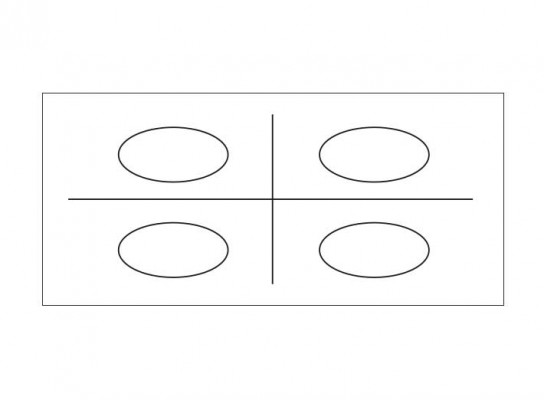Mass (Test Weights) Selection and Testing
How to choose the right Test Weight for your Weighing Scales
Test Masses come in a wide range of classes, sizes, materials and accuracies. The combination of specifications will determine which masses suit your purpose, whether or not they meet your quality assurance processes, and will also affect the price greatly.
This guide is intended to explain the various elements to enable informed purchasing decisions. Wedderburn metrology specialists are available to help you navigate your choices.
CHOOSING THE RIGHT MASS
What should be considered when choosing a test mass?
When choosing masses, you need to consider the following aspects.
- Accuracy (class) of mass
- Size of mass. Masses come in sizes that are multiples of 1, 2 and 5. This means that if you want a 1200 g test piece, then you would need to purchase a 1kg (1,000 g) and a 200 g mass.
- Material the mass is constructed from. This is particularly important if they will be used in a “food safe” area.
- Budget
- Calibration frequency
Wedderburn specialists can advise you on the correct masses to purchase based on your specific requirements.
MASS TESTING
Do Test Weights need to be tested or calibrated?
Just like scales it is important to have masses tested on a regular basis to ensure that the mass is stable and still fit for purpose.
Wedderburn generally recommend a calibration frequency of 12 months for general use mass pieces.
We have qualified technicans located throughout New Zealand to perform mass calibration tests and provide supporting traceable documentation.
MASS MATERIAL
Mass materials and when to use each type.
Masses can be constructed using the various materials including; stainless steel, brass and cast iron. We’ve outlined benefits and potential downsides of each.
Stainless Steel
Stainless Steel is used for higher accuracy masses
Benefits; will not rust or corrode, not susceptible to magnetism, very stable
Downsides; expensive, generally not adjustable
Brass
Brass is used for medium accuracy test weights.
Benefits; rust resistant, not susceptible to magnetism, adjustable (generally in masses larger than 50g), relatively cost effective
Downsides; may tarnish and go green due to oxidisation which will change the value of the mass,
Cast Iron
Cast Iron is used for larger masses and where lower accuracy is acceptable (legal).
Benefits; Cheap
Downsides; will rust, can be magnetised
WHAT AFFECTS MASS ACCURACY?
Masses accuracy can be affected by the following;
- Impact damage. Paint and pieces falling of the mass due to rough handling
- Corrosion and rusting. Both will cause the value to change.
- Magnetism. A magnetic mass can affect the scale it is placed on.
- Temperature. Condensation can form on masses making them heavier
CORRECT USE OF TEST MASSES
What's the most accurate way to use Test Weights?
It is important to know how to use your test masses correctly and how to interpret the results.
Here’s how to check your scale.
- Level the scale, make sure that the bubble is in the middle of the level indicator
- Choose a mass (or masses) that will be close to the bulk of the work.
- Place the mass on scale and see that the displayed value is the same as the mass size.
- Remove the mass and repeat this above step 3 times.
- Move the mass (as long and the value chosen is less than one third scale capacity) around the corners of the platter without moving too close to the extreme outside of the platform. Place the mass in the oval as shown in the figure below.

What do if the scale indicator is not the same as the mass?
- Check the scale is level
- Check that the scale reads zero (0.00) before adding mass
- Check for damage on the mass changing it value
- Check to see that the area around the scale platter is clear from debris
- Remove the platter and clean under the platter
If the problem still persists, please contact your local Wedderburn technical service team.
METROLOGY BODIES
Metrology is defined as “the science of weights and measures or of measurement” and “a system of weights and measures”.
In New Zealand, the weighing industry is guided by recommendations made by OIML (International Organisation of Legal Metrology).
These recommendations include how scales function, the shape and size of masses and construction of Load cells among other things.
- Mass recommendation are based on OIML R111-1.
- Scale recommendations are based on OIML R76.
OIML Weight Classes and Mass Tolerances, as published by OIML (International Organisation of Legal Metrology), can be found in our publication "Wedderburn Guide to Mass Selection and Testing" on pages 3 and 4 respectively.
Download Wedderburn Guide to Mass Selection and Testing v2PDF 563KB
